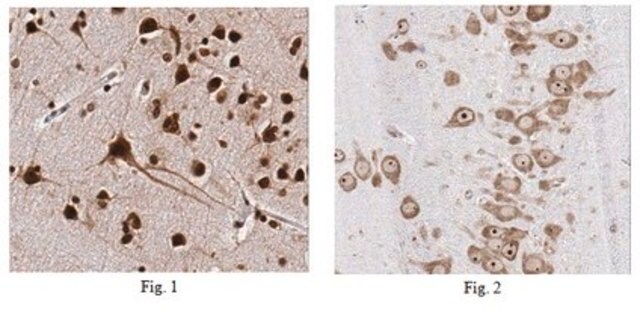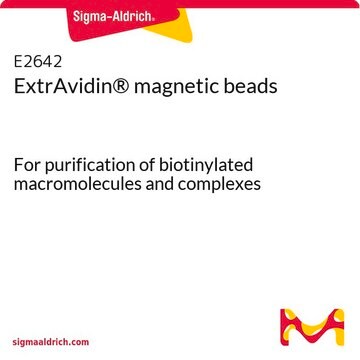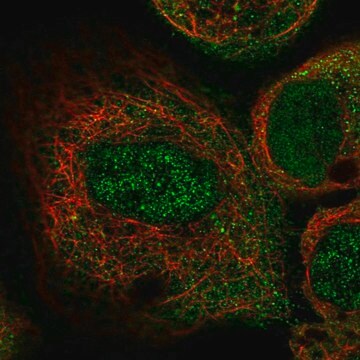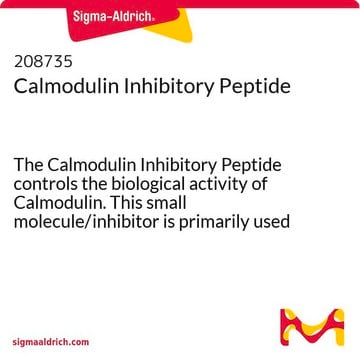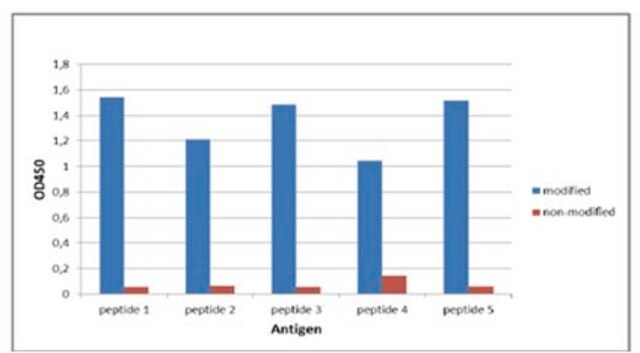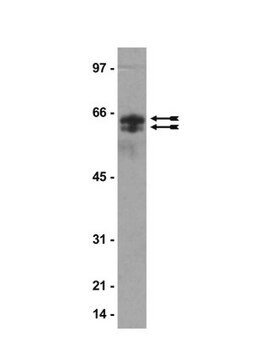I0783
Monoclonal Anti-ILK antibody produced in mouse
~2 mg/mL, clone 65.1, purified immunoglobulin, buffered aqueous solution
Synonym(s):
Anti-Integrin-linked protein kinase
Sign Into View Organizational & Contract Pricing
Select a Size
All Photos(1)
Select a Size
Change View
About This Item
Recommended Products
biological source
mouse
Quality Level
conjugate
unconjugated
antibody form
purified immunoglobulin
antibody product type
primary antibodies
clone
65.1, monoclonal
form
buffered aqueous solution
mol wt
antigen ~59 kDa
species reactivity
rat, human, bovine, monkey, mouse, canine
concentration
~2 mg/mL
General description
Monoclonal Anti-ILK (mouse IgG2b isotype) is derived from the 65.1 hybridoma produced by the fusion of mouse myeloma cells (P3X63-Ag8.653) and splenocytes from BALB/c mice immunized with purified mouse ILK recombinant protein. Integrin-linked kinase (ILK) is a ubiquitously expressed 50-59 kDa serine/threonine kinase that has three structurally well-conserved domains. A C-terminal domain contains the kinase catalytic site as well as the binding site for integrin β1 cytoplasmic domain. A N-terminal domain contains four ankyrin repeats (ANK).
Immunogen
purified mouse ILK recombinant protein.
Application
Monoclonal Anti-ILK antibody produced in mouse has been used in:
- immunostaining
- immunoprecipitation
- immunocytochemistry
- immunohistochemistry
- western blotting
Biochem/physiol Actions
Integrin-linked kinase (ILK) is a serine-threonine kinase that interacts with PINCH and parvin to modulate cell adhesion, growth, differentiation, migration and invasion. This kinase binds to integrin β1, β2 and β3 domains to regulate integrin signalling. ILK functions as a receptor-proximal effector for integrin and growth factor dependent signal transduction. ILK is associated with cell cycle progression and oncogenic transformation. The kinase activity of ILK is low in non-activated cells; its activity is stimulated by cell-extracellular matrix (ECM) interactions and by certain growth factors. Negative regulation of ILK is mediated by two phosphatases: phosphatase and tensin homolog (PTEN), a tumor suppressor lipid phosphatase and ILKAP (ILK associated serine/threonine phosphatase), a protein phosphatase 2C (PP2C) protein phosphatase. In tumor cells that do not express PTEN protein, ILK is constitutively active.
Physical form
Solution in 0.01 M phosphate buffered saline, pH 7.4, containing 15 mM sodium azide.
Disclaimer
Unless otherwise stated in our catalog or other company documentation accompanying the product(s), our products are intended for research use only and are not to be used for any other purpose, which includes but is not limited to, unauthorized commercial uses, in vitro diagnostic uses, ex vivo or in vivo therapeutic uses or any type of consumption or application to humans or animals.
Not finding the right product?
Try our Product Selector Tool.
Choose from one of the most recent versions:
Certificates of Analysis (COA)
Lot/Batch Number
Don't see the Right Version?
If you require a particular version, you can look up a specific certificate by the Lot or Batch number.
Already Own This Product?
Find documentation for the products that you have recently purchased in the Document Library.
Integrin-linked kinase (ILK) and its interactors: a new paradigm for the coupling of extracellular matrix to actin cytoskeleton and signaling complexes
Wu C and Dedhar S
The Journal of Cell Biology, 155(4), 505-510 (2001)
Promoter characterization and genomic organization of the gene encoding integrin-linked kinase 1
Melchior C, et al.
Biochimica et Biophysica Acta (BBA)-Gene Structure and Expression, 1575(1-3), 117-122 (2002)
Requirement for integrin-linked kinase in neural crest migration and differentiation and outflow tract morphogenesis
Dai X, et al.
BMC Biology, 11(1), 107-107 (2013)
Kindlin-2 controls TGF-beta signalling and Sox9 expression to regulate chondrogenesis
Wu C, et al.
Nature Communications, 6(1), 7531-7531 (2015)
Pinch1 is required for normal development of cranial and cardiac neural crest-derived structures
Liang X, et al.
Circulation Research, 100(4), 527-535 (2007)
Our team of scientists has experience in all areas of research including Life Science, Material Science, Chemical Synthesis, Chromatography, Analytical and many others.
Contact Technical Service